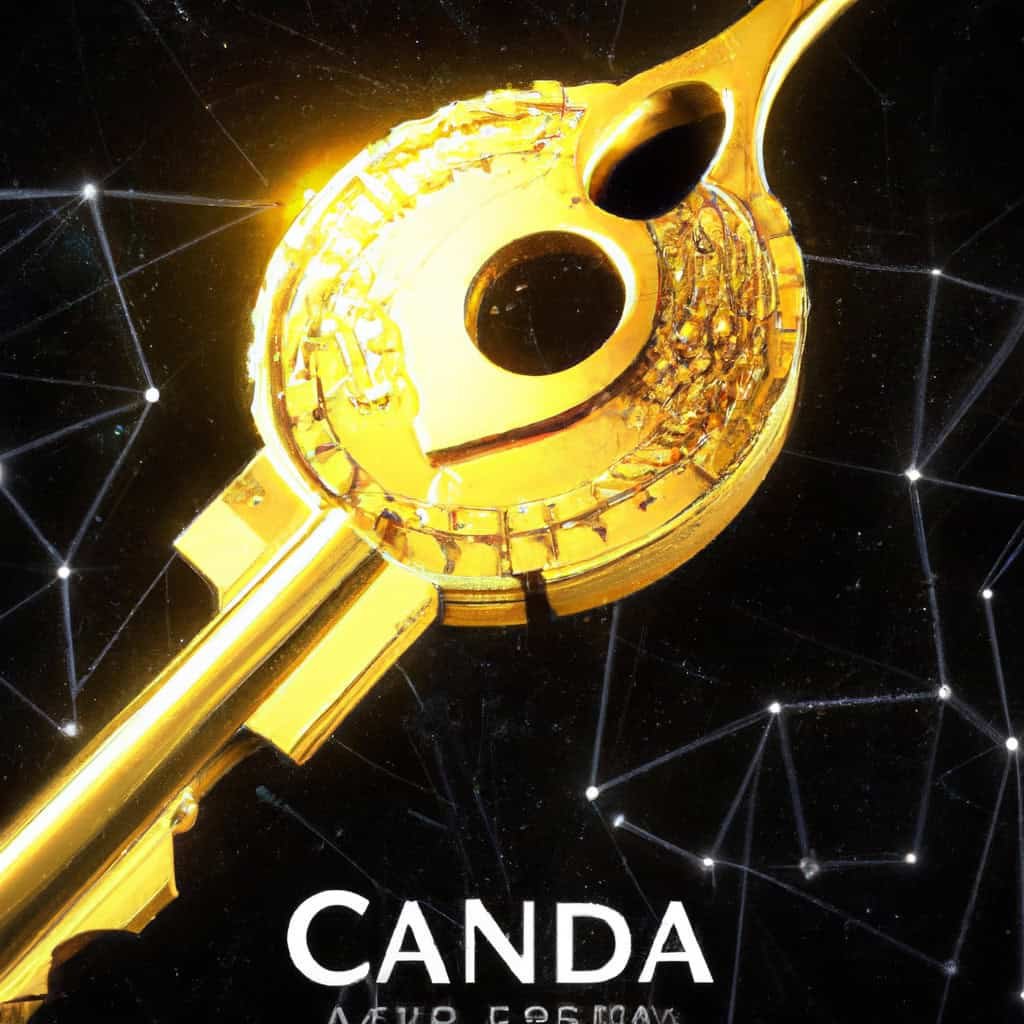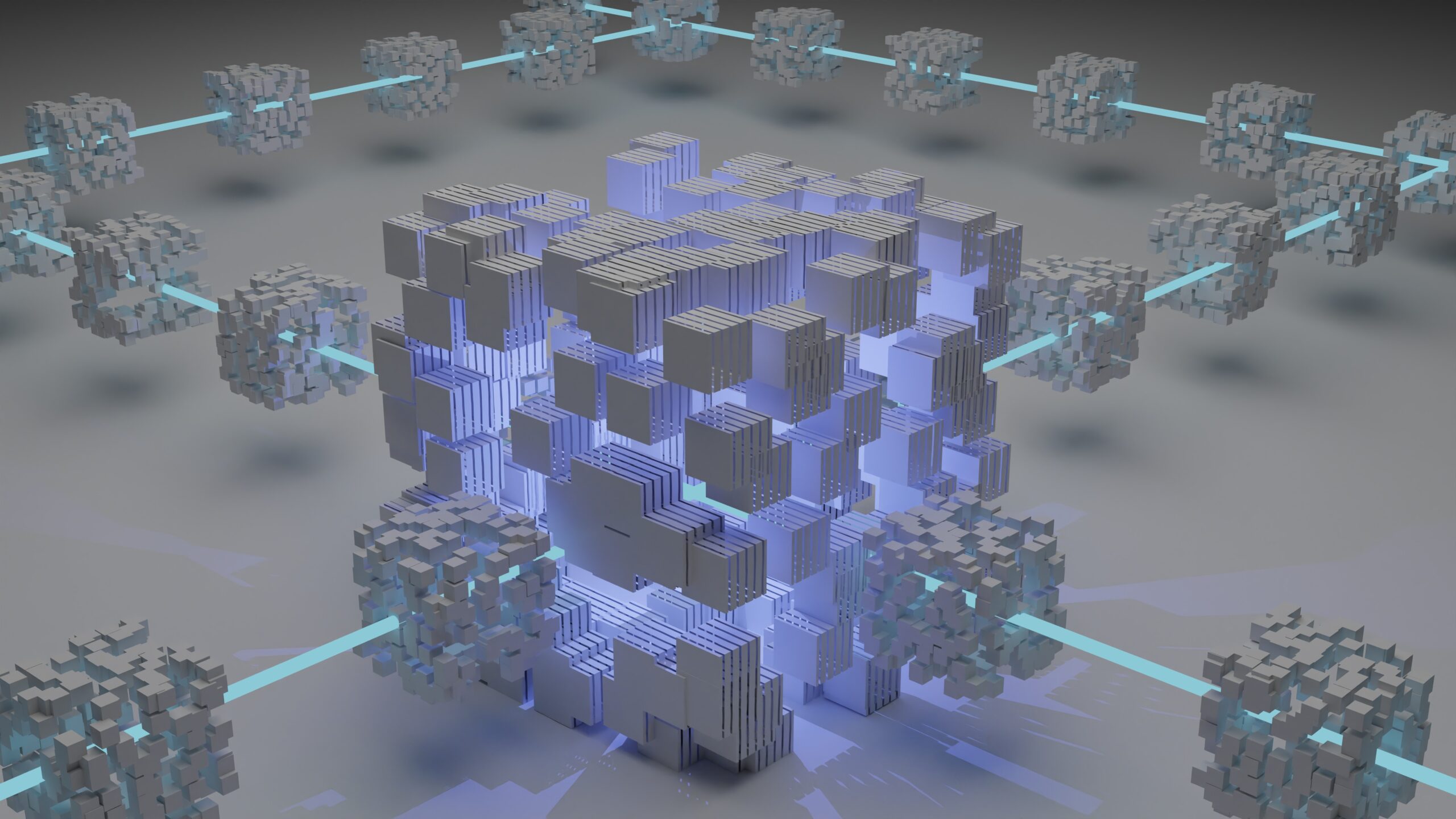Are you ready to discover the exciting world of Cardano (ADA)? This innovative blockchain platform, known as the “Ethereum killer,” is making waves in the cryptocurrency market. With its unique approach to scalability and sustainability, Cardano is garnering attention from both investors and technology enthusiasts alike. Stay tuned as we explore the features and potential of Cardano (ADA) and why it may just be the next big thing in the world of digital currencies.
What is Cardano?
Cardano is a decentralized blockchain platform that aims to provide a secure and scalable infrastructure for the development of decentralized applications and smart contracts. It was founded in 2015 by a team of experts and scientists with a vision to create a more secure and sustainable blockchain network. Cardano incorporates cutting-edge technology and features to ensure the highest level of security and scalability while maintaining a decentralized and transparent network.
Background
The idea behind Cardano was born out of a need to address the limitations and challenges of existing blockchain platforms. Bitcoin, the first and most well-known blockchain, faced issues like slow transaction speeds and high energy consumption. Ethereum, while providing a more efficiently programmable blockchain, also faced scalability challenges. These limitations prompted the development of Cardano, which sought to bring together the best features of existing blockchains while addressing their shortcomings.
Features and Technology
Cardano stands out among other blockchain platforms due to its unique features and advanced technology. It utilizes a proof-of-stake consensus algorithm called Ouroboros, which ensures the security and efficiency of the network. Ouroboros is designed to be energy-efficient and allows users to participate in the consensus process by staking their ADA, the native cryptocurrency of Cardano.
In addition to Ouroboros, Cardano incorporates several other groundbreaking technologies. It utilizes a layered architecture, separating the settlement and computation layers to enhance security and scalability. This allows for more efficient and flexible updates to the network. Cardano also employs formal verification, a mathematical method to ensure the correctness of smart contracts. This significantly reduces the risk of bugs and vulnerabilities in the smart contracts developed on the Cardano platform.
The History and Development of Cardano
Early Beginnings
Cardano’s journey began in 2015 with the formation of a team of industry experts and scientists. The team recognized the need for a blockchain platform that could address the limitations of existing platforms and set out to create a more secure and sustainable alternative. Led by Charles Hoskinson, Ethereum’s former CEO, the team focused on developing a platform that could provide scalability and interoperability without compromising security.
Formation of Cardano Foundation
To oversee the development and promotion of Cardano, the Cardano Foundation was established in Switzerland. The foundation is responsible for driving adoption, managing partnerships, and ensuring the long-term success of the Cardano ecosystem. Its primary mission is to advocate for the adoption of decentralized technologies and to support and grow the Cardano community.
The Roadmap and Key Milestones
Cardano has a well-defined roadmap that outlines the platform’s development and key milestones. The roadmap is divided into five eras: Byron, Shelley, Goguen, Basho, and Voltaire. Each era represents a different phase in the platform’s evolution and introduces new features and functionalities.
Cardano successfully completed the Byron era, which focused on the establishment of the platform’s foundation and the launch of the Cardano mainnet. The Shelley era, currently underway, aims to transition Cardano into a fully decentralized network by enabling stake pools and delegation, allowing users to actively participate in the consensus process.
The Goguen, Basho, and Voltaire eras will focus on adding smart contract capabilities, improving scalability, and implementing a decentralized governance model, respectively. These milestones demonstrate Cardano’s commitment to continuous development and improvement.
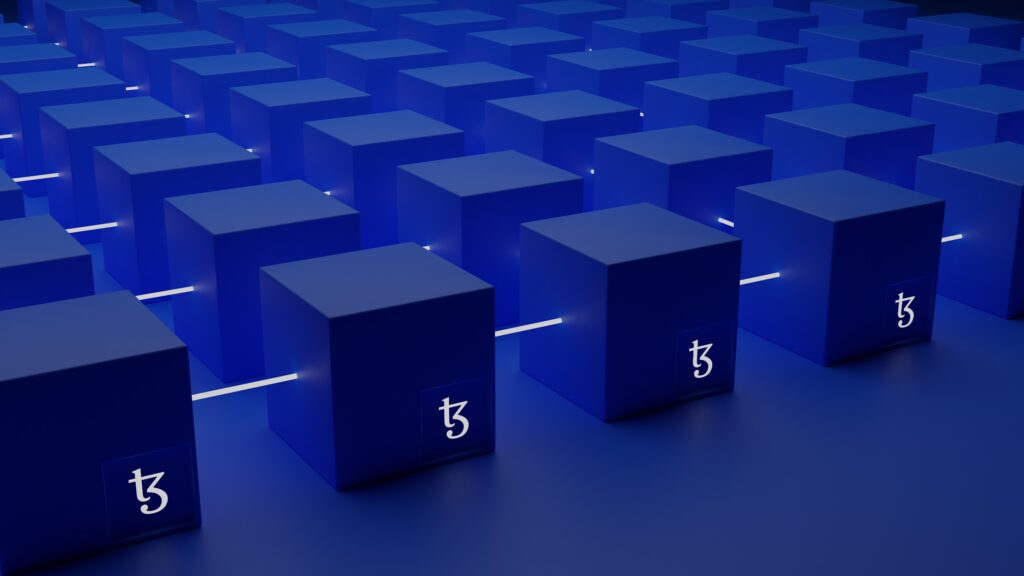
The Team Behind Cardano
Input Output Hong Kong (IOHK)
IOHK is the company responsible for the development of Cardano. Founded by Charles Hoskinson, IOHK is a leading research and development company specializing in blockchain technology. With a team of scientists, engineers, and experts in various fields, IOHK works closely with the Cardano Foundation and Emurgo to drive the development of the Cardano platform.
Cardano Foundation
As mentioned earlier, the Cardano Foundation plays a crucial role in fostering the growth and adoption of Cardano. The foundation oversees the management of partnerships, regulatory compliance, and community development. It also focuses on education and awareness initiatives to promote the understanding and utilization of Cardano technology.
Emurgo
Emurgo is another key player in the Cardano ecosystem. It serves as the commercial and venture arm of Cardano and is responsible for driving the adoption of Cardano’s technology in various industries. Emurgo actively seeks partnerships with businesses and organizations to develop real-world use cases for Cardano and support the growth of the ecosystem.
Cardano’s Consensus Protocol
Ouroboros
Cardano employs a unique consensus algorithm known as Ouroboros. Unlike traditional proof-of-work algorithms that rely on the consumption of vast amounts of energy, Ouroboros is a proof-of-stake algorithm. This means that instead of relying on computational power, Ouroboros allows participants to validate transactions and create new blocks based on the amount of ADA they are willing to stake.
Ouroboros Praos
Ouroboros Praos is the enhanced version of the Ouroboros consensus algorithm. It improves the security and efficiency of the Cardano network by introducing additional parameters and security measures. Ouroboros Praos was specifically designed to resist various attacks, including those enabled by quantum computers.
Ouroboros Genesis
Ouroboros Genesis marks a significant milestone in the scalability and sustainability of the Cardano network. This version of the consensus algorithm introduces a robust and efficient mechanism for distributing stake among participants. By ensuring a fair distribution of stake, Ouroboros Genesis aims to prevent centralization and promote the democratic nature of the Cardano ecosystem.
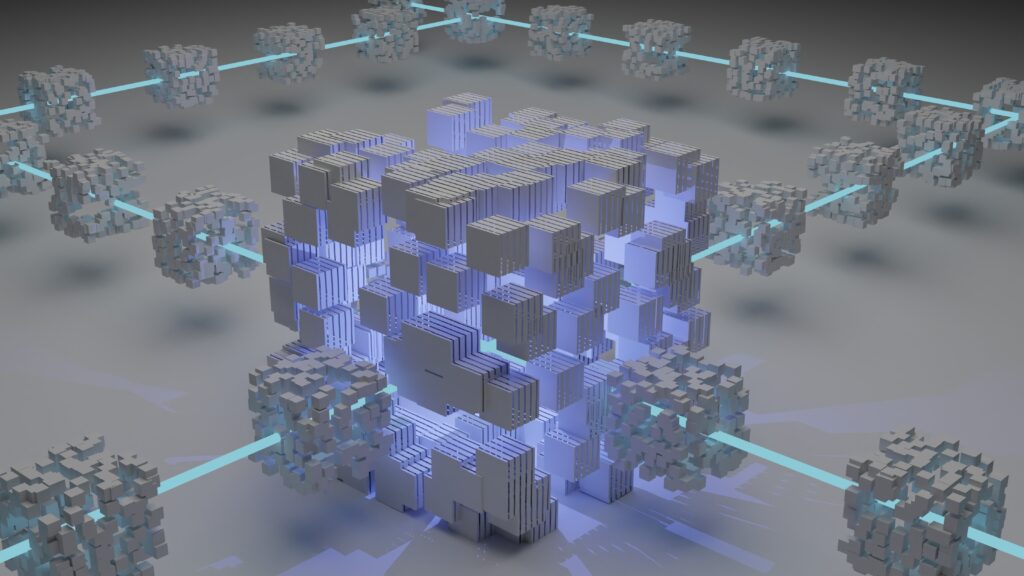
The ADA Cryptocurrency
Tokenomics
ADA is the native cryptocurrency of the Cardano platform. It serves as the fuel for transactions and interactions within the network. ADA holders can use the cryptocurrency for various purposes, including staking for block validation, participating in the governance of the network, and engaging in decentralized applications and services built on the Cardano platform.
Cardano has a capped supply of ADA, with a maximum limit of approximately 45 billion ADA coins. The distribution of ADA was done through a token sale, with a portion allocated to the IOHK, Cardano Foundation, and Emurgo to support the development and growth of the ecosystem.
Use Cases
ADA has a range of potential use cases within the Cardano ecosystem. As the platform evolves and new features are added, ADA can be utilized for decentralized finance (DeFi) applications, decentralized exchanges, and tokenization of real-world assets. ADA can also be used for voting on governance proposals and as a medium of exchange for goods and services within the Cardano ecosystem.
Cardano’s Approach to Governance and Scalability
Decentralized Governance
Cardano aims to implement a decentralized governance mechanism that allows the community to actively participate in decision-making processes. Through on-chain voting, ADA holders can propose and vote on changes to the protocol, funding for projects, and other important governance matters. This approach ensures that the ecosystem remains community-driven and prevents centralized control.
Sustainability and Scalability
Cardano’s layered architecture is designed to provide scalability without sacrificing security. By separating the settlement and computation layers, Cardano can handle a higher volume of transactions while maintaining a low latency and high throughput. This scalability is essential for the widespread adoption of Cardano, as it ensures that the network can handle increasing demands without sacrificing usability or security.
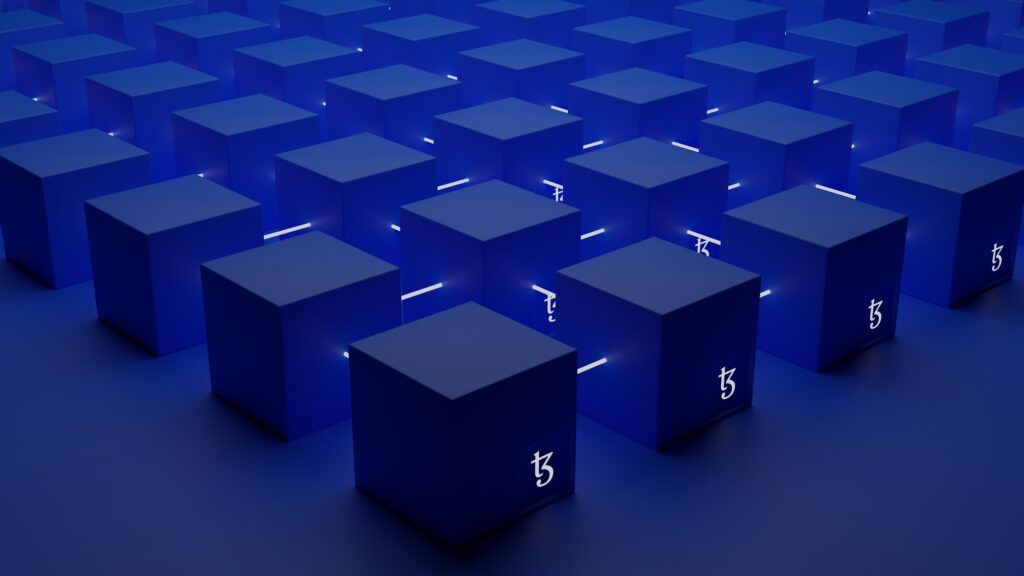
The Cardano Ecosystem
Daedalus Wallet
Daedalus is the official wallet for ADA, designed as a secure and user-friendly application for storing and managing ADA coins. It offers features like hardware wallet integration, transaction history, and delegation options for staking. Daedalus provides users with full control over their funds and ensures the highest level of security for their digital assets.
Yoroi Wallet
Yoroi is another popular wallet for ADA, developed by Emurgo. It offers a lightweight and easy-to-use interface for users to store, send, and receive ADA coins. Yoroi provides a quick and simple setup process and allows users to access their ADA from multiple devices, including desktop and mobile.
Cardano Explorer
The Cardano Explorer is a web-based tool that allows users to explore the Cardano blockchain and view transaction histories, addresses, and other important information. It provides a transparent and accessible way to track and analyze Cardano’s on-chain activity.
Partnerships and Collaborations
Partnerships with Governments and Institutions
Cardano has formed strategic partnerships with governments and institutions around the world. For example, Cardano is working with the Ethiopian government to implement blockchain technology for improving the efficiency and transparency of supply chains and government systems. This collaboration has the potential to revolutionize the way public services are delivered in the country.
Collaboration with Other Blockchain Projects
Cardano actively collaborates with other blockchain projects and organizations to foster innovation and advance the development of blockchain technology. By sharing knowledge, resources, and expertise, Cardano aims to create a collaborative ecosystem that can drive the adoption and utilization of decentralized technologies on a global scale.
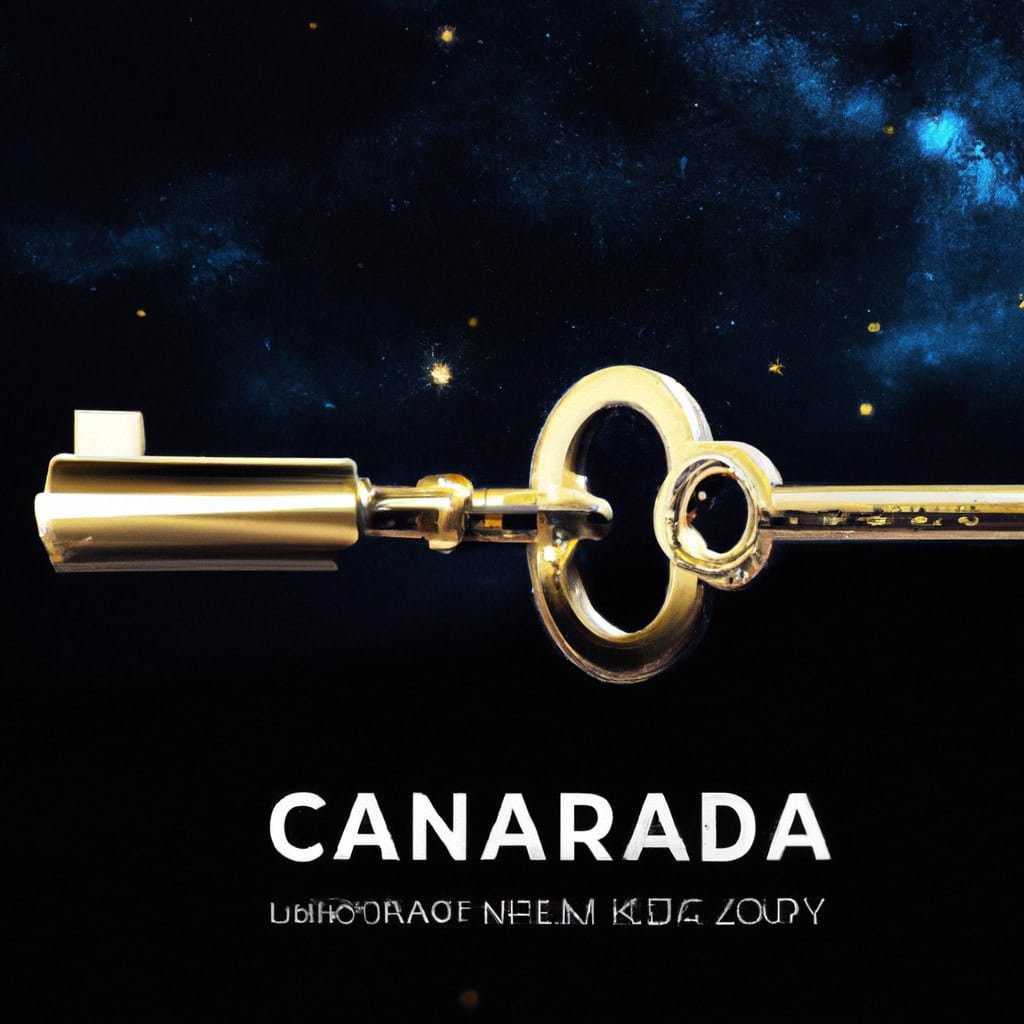
Challenges and Criticisms
Competition and Market Positioning
Cardano faces stiff competition in the blockchain space, with established platforms like Ethereum and newer platforms like Polkadot and Tezos vying for market share. Cardano’s challenge lies in distinguishing itself from competitors and positioning itself as a viable alternative with unique features and advantages.
Speed and Scalability Challenges
While Cardano’s layered architecture provides scalability, the platform still faces challenges in terms of speed and network throughput. As the demand for blockchain applications and transactions grows, Cardano will need to continue improving its scalability to ensure that it can handle increasing volumes without compromising performance.
Regulatory Concerns
As with any blockchain platform, Cardano operates within a regulatory framework that can impose challenges and compliance requirements. Keeping up with evolving regulatory landscapes and ensuring compliance can be a complex task. Cardano must navigate these regulations and work with authorities to maintain and expand its operations while safeguarding the interests of its users.
Future Outlook for Cardano
Upcoming Updates and Features
Cardano has a roadmap that outlines the platform’s future updates and features. The ongoing Shelley era will bring decentralized governance and stake pool delegation, enhancing the platform’s decentralization and community involvement. The subsequent Goguen era will focus on enabling smart contracts, opening up a world of possibilities for developers to create decentralized applications on the Cardano platform.
Adoption and Market Potential
Cardano has garnered significant attention and support from various governments, institutions, and communities worldwide. Its focus on sustainability, scalability, and security positions it as a strong candidate for widespread adoption in various industries. As the platform continues to evolve and attract more developers, the market potential for Cardano and its native cryptocurrency ADA is promising.
In conclusion, Cardano is a comprehensive blockchain platform that combines advanced technology, decentralized governance, and a robust ecosystem to provide users with secure, scalable, and sustainable solutions. With a dedicated team behind its development and a roadmap that outlines continuous improvements, Cardano has the potential to revolutionize various industries and facilitate the widespread adoption of blockchain technology.
